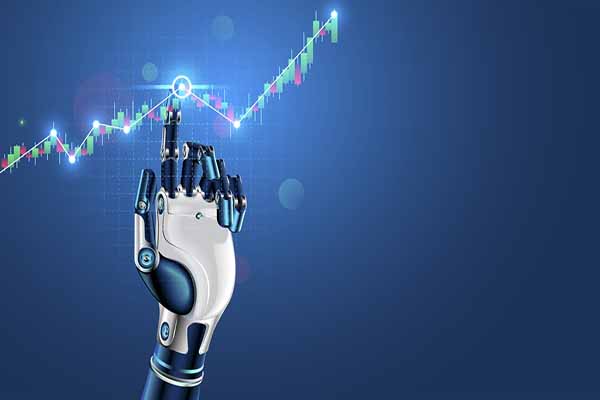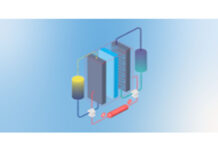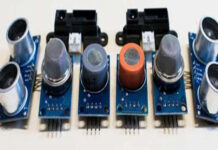According to Fact.MR, the global industrial robots market is projected to achieve a valuation of US$ 17,925 million in 2023 and is anticipated to advance at a Compound Annual Growth Rate (CAGR) of 12.1%, reaching US$ 56,171.4 million by the conclusion of 2033.
The industrial robot can be used in various tasks such as for performing precise surgeries, industrial operation and fun toy for learning experience. The robot arms are capable of pick and place object in different locations which are equipped with CNC work, laser engraving and 3D printing technology. The DIY robot arms comes with customizable features and can be cost effective due to its low manufacturing costs.
Key Takeaways from Market Study
- The global industrial robot market is projected to grow 12.1% and reach US$ 56,171.4 million by 2033
- The market witnessed 8.9% CAGR between 2018 and 2022
- The industrial robot dominated the market with US$ 15,755.5 million valuations in 2022
- Automotive under end use segment is expected to have market share of 20.3% by the end of 2023
- East Asia will dominate the market with 23.4% market share in 2023
The increasing technological advancements and the emergence of a robust economy have given rise to the concept of Industry 4.0. Manufacturers, aiming for elevated levels of agility, efficiency, quality, and sustainability, are propelling their digital transformation through an integrated strategy that incorporates AI, hybrid cloud, and automation. Industry 4.0 is expediting the establishment of smart factories across various industry verticals worldwide, encompassing FMCG, automotive, healthcare, aerospace, and defense, among others.
The field of robotics is undergoing expansion in Germany. A recent announcement by the European Parliament stated that starting from 2035, new vehicles emitting zero CO2 will be permitted on the roads. The automotive industry’s primary focus is on meeting production capacity to achieve a more significant market share.
As a result, the industrial robots market in Europe is expected to attain a valuation of US$ 1,299.1 million in 2023. With its notable advantages in industrial automation within the automotive sector, Germany is poised to play a pivotal role in driving the growth of the industrial robot’s market.
There is a global surge in demand for robots with higher payload capacity, driven by the need for prolonged performance. This capability allows these robots to draw the same current for an extended period, thereby proportionately extending their operation time. Payload capacities exceeding 600 kg are poised to be highly lucrative in the future, especially as they can handle heavier weights. Robots with a payload capacity above 600 kg are expected to find extensive use in the automotive industry, where materials like metals and other heavy components make it less feasible for humans to carry.
As a result, the market for robots with a payload capacity above 600 kg is anticipated to experience the highest growth in the future, attributed to their superior performance capacity compared to other industrial robots.
Competitive Landscape
Key players in the robotics industry are devising unique strategies to distinguish themselves in the competitive industrial robot’s market. Industry leaders such as Mitsubishi Electric Corporation, ABB, Fanuc, Kuka AG, Yaskawa, Comau, Epson, Kawasaki Robotics, Staubli International AG, Universal Robots, and other prominent entities are actively engaging to establish their brand presence in the market.
The global industrial robots market is characterized by a diverse range of both large and small market players. Surviving and excelling in such a competitive landscape necessitates manufacturers to differentiate their products through technological advancements and distinctive features. This intense competition may also lead to price reductions to maintain market positions, potentially impacting manufacturers‘ profit margins.
ABB, for instance, introduced five-axis delta robots designed for swift and lightweight product picking, packing, and re-orientation with a payload capacity of 1.5 kg. Specifically tailored for lightweight products like cookies, chocolates, peppers, small bottles, and parcels, these robots have the capability to move 1 kg products from one location to another at a rate of 120 picks per minute.















